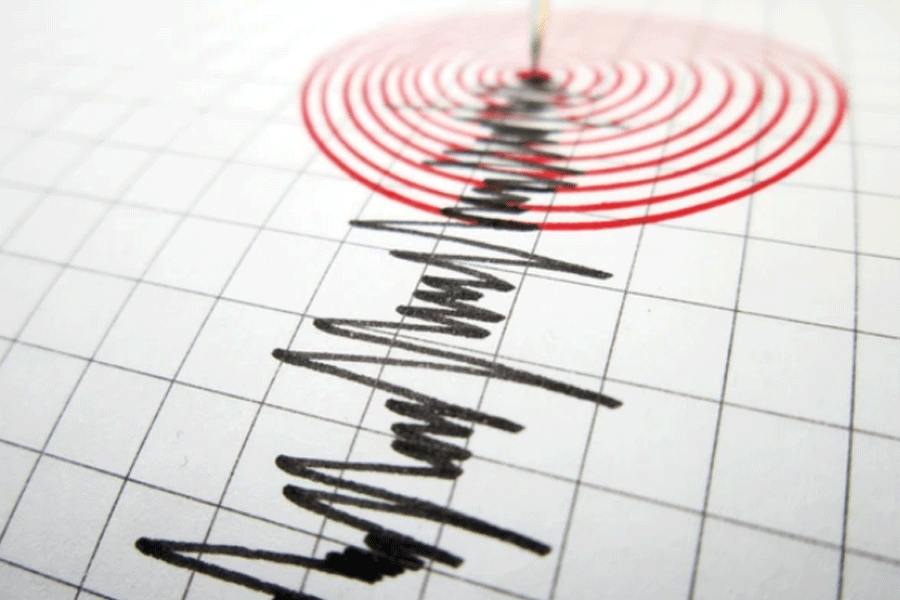 |
| There’s good news for these little guests from abroad at La Martiniere for Girls — Calcutta’s air is not as bad as it used to be. And if the government goes the distance in enforcing the high court ban on polluting vehicles, it will get even better by the time they are back next winter. Children from several countries gathered at the school to take part in a host of events on Thursday that was observed as Human Rights Day. Picture by Aranya Sen |
Calcutta has taken baby steps towards breathing easy with the first positive blips on the clean-air radar in the wake of the high court ban on old commercial vehicles and two-stroke autos.
Data generated by the automatic pollution measuring station at Victoria Memorial in November 2008 and 2009 has revealed that the benzene level in Calcutta’s air has declined by almost nine times (from 19.3 microgram per cubic metre of air to 2 microgram per cubic metre of air) in the past year.
The acceptable limit of benzene is 5 microgram per cubic metre of air annually.
The study also suggests that the carbon monoxide content in the air has come down from 3.2 milligram per cubic metre of air a year ago to 2.2 now, while nitrogen dioxide has dropped from 90 microgram per cubic metre of air to 75.
The acceptable limits of these two compounds are 2 milligram and 40 microgram per cubic metre of air (in eight-hour cycles), respectively.
All three pollutants are responsible for a range of debilitating diseases (see box).
The Telegraph has been running a sustained campaign for clean air and the basic right of every citizen to breathe easy in the city.
Experts in the state pollution control board attribute the fall in the toxic content of the city’s ambient air to the partial phase-out of commercial vehicles more than 15 years old and two-stroke autos, mostly run on a benzene-rich adulterated fuel called katatel.
 |
“It’s a fact that the benzene level in Calcutta’s air has gone down significantly over the past year. This obviously indicates that the ban on two-stroke autos has started showing results,” said Dipak Chakraborty, the chief scientist of the pollution control board.
Sources in Bajaj Auto said around 10,000 two-stroke autos in the city and on its fringes have switched to four-stroke since the high court announced the ban in July 18, 2008. According to the transport department, around 10,000 two-stroke autos are still on the road in and around the city,
“The levels of nitrogen dioxide and carbon monoxide, too, have come down. The first is a general indicator to the extent of air pollution while the second is mainly because of the phase-out of old diesel-driven commercial vehicles such as buses and taxis,” said Biswajit Mukherjee, the chief law officer in the state environment department.
Environment activist Subhas Dutta, whose PIL had prompted the court to ban the smoke-belchers, said: “If partial implementation of the order can clean up the air to such levels, think how livable the city will be following a complete enforcement.”
The findings are likely to figure in a government report on pollution which will be submitted to the court on Friday.











